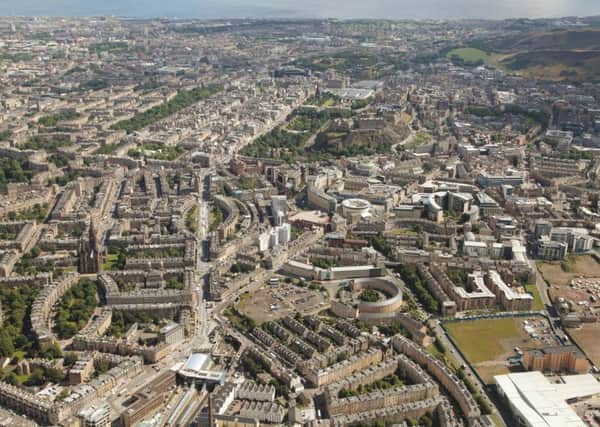Commercial property: Rent dispute resolution figures fall


Figures obtained by the consultants from the Royal Institution of Chartered Surveyors (RICS) show that the number of cases being referred to third-party dispute resolution dropped from 169 in 2017 to 123 in 2018 – down a little more than one-quarter at 27.2 per cent.
This is less than half of the 292 cases that went to independent assessment in 2016. It is also below the figures for 2015, 2014 and 2013.
Advertisement
Hide AdAdvertisement
Hide AdIndependent experts or arbitrators are appointed to cases where commercial tenants and landlords cannot see eye to eye on a new rental agreement at a fixed-term rent review date.
Andrew Hill, a partner at Knight Frank, says: “In the aftermath of [the economic crash in] 2008, most businesses became used to their rents reducing or staying the same.
“However, in 2016 we saw a spike in the number of third-party applications, as the market showed continued improvement and landlords, in turn, became more bullish in their aspirations on rental growth.
“This was disputed by tenants who had become accustomed to rent stagnation.”
Hill observes that in the decade since then, the occupier market in Scotland’s Central Belt has become even tighter for both offices and industrial premises.
He says: “Despite a challenging macro-economic environment, sentiment has continued to improve and there are real constraints on availability.
“As a result, generally, businesses appear more minded to accept rent increases provided there is compelling comparable evidence, as quality space remains at a premium.”
The RICS numbers come against the backdrop of a tightening supply of available office and industrial commercial property space in the Central Belt.
Advertisement
Hide AdAdvertisement
Hide AdIn Edinburgh, office lettings completed between January and March 2019 saw grade-A availability fall to just 235,000sq ft.
Knight Frank predicts that – combined with other factors – this will drive prime office rents to £36 per sq ft by the end of 2019.
Despite a below-average first quarter for take-up in Glasgow, new grade-A availability fell to 33,353sq ft. Headline prime office rates currently sit at £32.50 per sq ft in the city centre for new accommodation, and £30 per sq ft at refurbished premises.
Hill adds: “It’s not the case across the board. Retailers located beyond the main thoroughfares, in particular, are mostly seeing rents stagnate or even go into reverse. Prime offices and industrial, however, are still subject to a real lack of available space which – all things being equal – should put upwards pressure on rents for the foreseeable future.”
Across the UK, RICS stated that it had seen an average 6 per cent rise in commercial rent review applications from 2013-17, while there was a 12 per cent decline witnessed over the last 12 months.